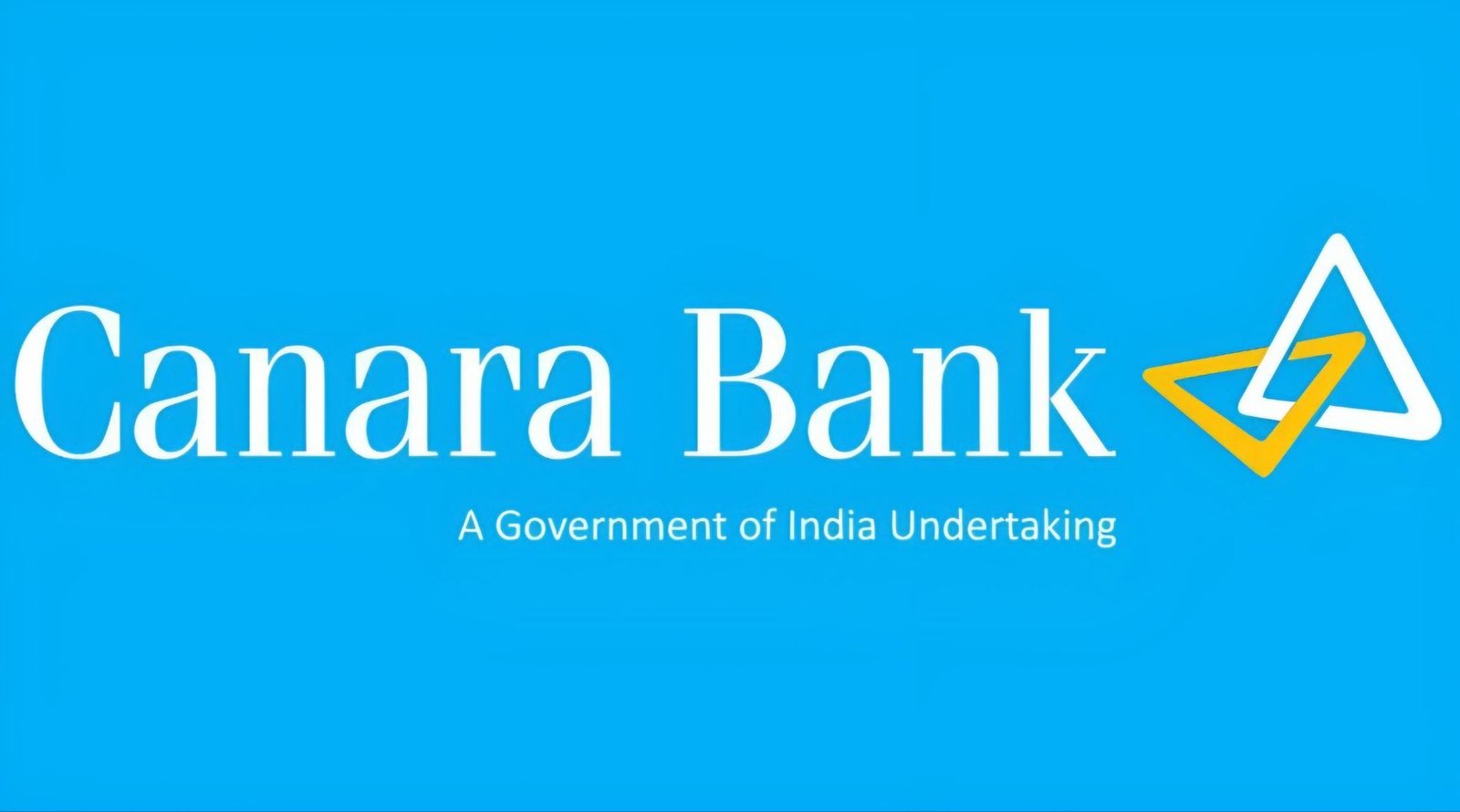
Under 100 Words: A Compact Summary
Canara Bank successfully raised Rs 2,000 crore through 8.40% coupon rate Tier I bonds, meeting regulatory needs and supporting growth (Canara Bank). ICRA rated the bonds “AA+” with a stable outlook. SBI raised Rs 5,000 crore through Basel III compliant AT-I bonds at an 8.34% coupon rate. Canara Bank’s Capital Adequacy Ratio stood at 15.78% in December 2023, with ICRA expressing confidence in its self-sufficiency for capital needs. The impact of transitioning to Expected Credit Loss provisioning is closely monitored.
- Canara Bank, a public sector lender, successfully raised Rs 2,000 crore in capital through Tier I bonds with an 8.40% coupon rate to fulfill regulatory requirements and bolster expansion.
- The initial issue amounted to Rs 500 crore, with a green shoe option of Rs 1,500 crore, resulting in a total issue size of Rs 2,000 crore. These bonds, rated “AA+” by ICRA, come with a stable outlook. Bond market experts noted that investors predominantly submitted bids totaling around Rs 2,500 crore.
- The 8.40% coupon rate was 90 basis points higher than a high-rated corporate bond of similar tenure or call option. Interestingly, it was merely six basis points above the pricing observed for the State Bank of India (SBI), which held a premium in the market due to its systematic importance and stronger profile.

- In January, the largest bank in the country, SBI, raised Rs 5,000 crore in capital through Basel III compliant Additional Tier 1 bonds (AT-I) at an 8.34% coupon rate amidst challenging market conditions.
- Following the recent monetary policy review, yields have eased, with the 10-year Government bond yield dropping from around 7.20% to the current 7.10-11% range, as reported by dealers.
- As of the end of December 2023, the Bengaluru-based lender’s Capital Adequacy Ratio (CAR) stood at 15.78%, with Common Equity Tier 1 (CET1) at 11.28%, Tier-I at 13.38%, and Tier-II at 2.40%.
- Rating agency ICRA expressed confidence in the bank’s self-sufficiency for meeting capital requirements to absorb incremental stress and support growth while maintaining a cushion well above regulatory levels, including Capital Conservation Buffers (CCB). However, the impact of transitioning to provisioning based on the Expected Credit Loss (ECL) framework on capital and profitability levels remains a monitorable factor, according to the rating agency.
ALSO READ – SpiceJet Job Cut: Trimming 1,400 Positions to Address Financial Pressures.